Increasing Trade Volumes
The Ship Loader And Unloader Market is experiencing a notable surge in demand due to increasing trade volumes across various sectors. As economies expand, the need for efficient cargo handling solutions becomes paramount. According to recent data, global trade is projected to grow at a compound annual growth rate of approximately 4.5% over the next five years. This growth is likely to drive investments in port infrastructure and cargo handling equipment, including ship loaders and unloaders. Enhanced trade agreements and the rise of e-commerce further contribute to this trend, necessitating advanced loading and unloading technologies to manage larger cargo volumes efficiently. Consequently, companies within the Ship Loader And Unloader Market are expected to innovate and expand their offerings to meet the evolving demands of international trade.
Environmental Regulations
The Ship Loader And Unloader Market is increasingly influenced by stringent environmental regulations aimed at reducing carbon emissions and promoting sustainable practices. Governments worldwide are implementing policies that require ports and shipping companies to adopt greener technologies. This shift is driving demand for eco-friendly ship loaders and unloaders that comply with these regulations. For example, equipment that utilizes electric or hybrid power sources is gaining traction, as it aligns with global sustainability goals. The market for environmentally compliant cargo handling solutions is projected to expand, with estimates indicating a growth rate of around 15% over the next five years. As a result, companies in the Ship Loader And Unloader Market are likely to invest in research and development to create innovative, sustainable solutions.
Technological Advancements
Technological advancements play a crucial role in shaping the Ship Loader And Unloader Market. Innovations such as automation, artificial intelligence, and IoT integration are transforming traditional cargo handling processes. These technologies enhance operational efficiency, reduce labor costs, and minimize human error. For instance, automated ship loaders can operate with minimal human intervention, significantly increasing loading speeds and accuracy. The market for automated cargo handling systems is anticipated to grow substantially, with estimates suggesting a potential increase of over 20% in the next few years. As companies seek to optimize their operations, the adoption of cutting-edge technologies in the Ship Loader And Unloader Market is likely to accelerate, leading to improved productivity and safety.
Investment in Port Infrastructure
Investment in port infrastructure is a key driver for the Ship Loader And Unloader Market. As global trade continues to expand, ports are increasingly recognized as vital hubs for economic activity. Governments and private entities are allocating substantial resources to upgrade and expand port facilities, which includes the procurement of advanced ship loaders and unloaders. Recent reports indicate that port infrastructure investments are projected to reach several billion dollars over the next decade. This influx of capital is likely to enhance the efficiency and capacity of cargo handling operations, thereby stimulating demand for innovative equipment. Consequently, the Ship Loader And Unloader Market stands to benefit significantly from these investments, as companies seek to modernize their operations and improve service delivery.
Rising Demand for Bulk Commodities
The Ship Loader And Unloader Market is witnessing a rising demand for bulk commodities, such as coal, iron ore, and agricultural products. This trend is driven by increasing industrial activities and population growth, particularly in emerging economies. As these regions develop, the need for efficient bulk handling solutions becomes critical. Data suggests that The Ship Loader And Unloader is expected to grow at a rate of approximately 5% annually, further fueling the demand for advanced ship loaders and unloaders. Companies are likely to focus on enhancing their capabilities to handle larger volumes and diverse types of bulk materials. This shift presents opportunities for innovation and expansion within the Ship Loader And Unloader Market, as businesses strive to meet the growing needs of the bulk commodities sector.




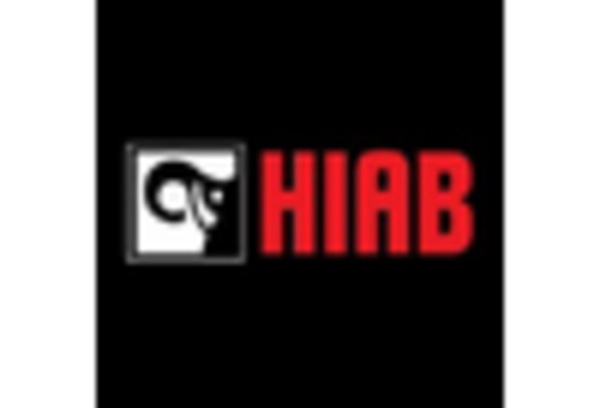
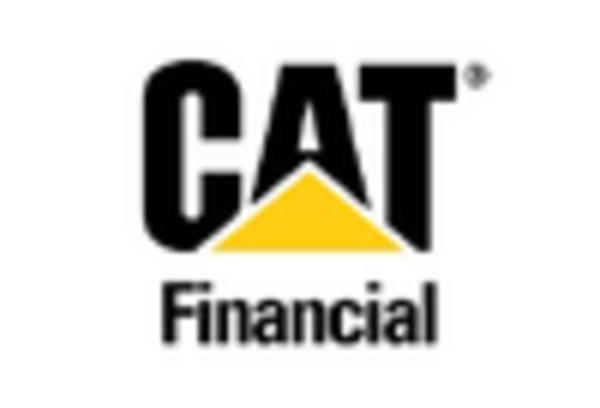
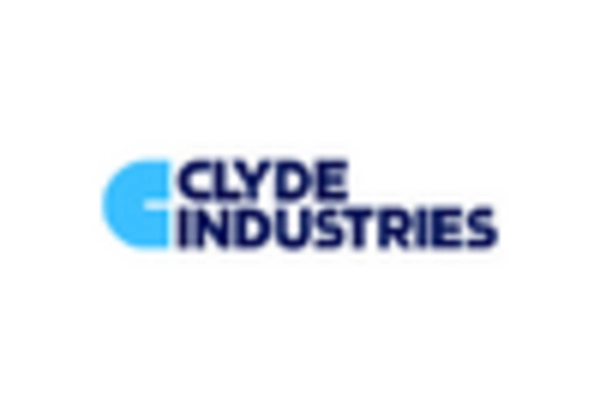

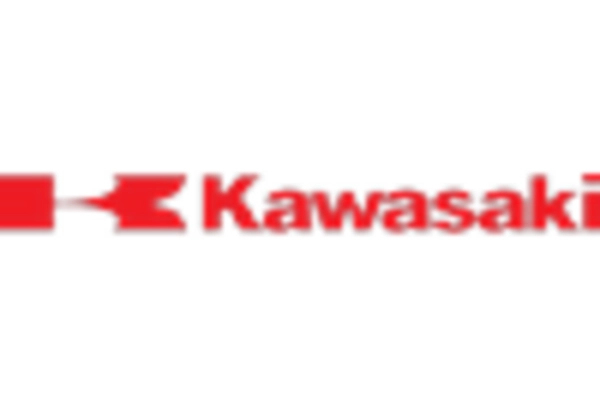

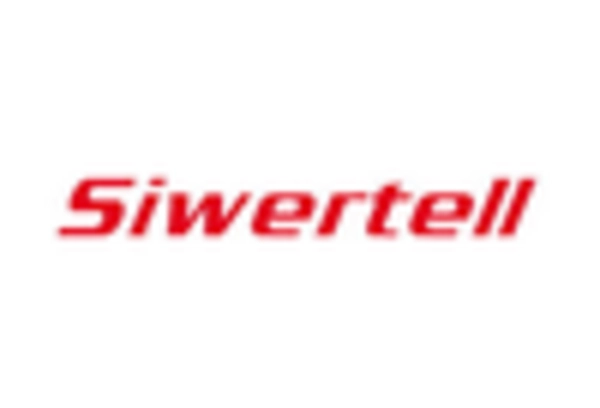









Leave a Comment